Before we dive into today’s post…
I’ve been thinking a lot about the content I want to write here on Substack. I am in no way an expert on managing personal finances, but I have dedicated the past eight years building a budgeting app that solves the gaps I was seeing in other personal finance products. I have gone through life, like most of us, learning through my experiences.
There’s a lot of fear surrounding our collective financial futures. I came of age reading about the financial disparity between Millennials and their parent’s generation due to escalating housing costs, personal debt, and stagnant wages. I’ve watched personal finance trends shift from flashy to thrifty and I believe that shift is due to our collective desire to control what we can and have a sense of agency over our financial future.
If there’s one thing I know I’m good at, it’s managing what’s within my control. I have always embraced the challenge of setting realistic goals around money and figuring out how to accomplish them. I have learned to navigate productive conversations with my husband about what our shared goals are, how we plan on achieving them and then breaking those goals down until they are a part of our daily lives. I’ve trialed no-buy weeks, targeted budgeting goals, DIY over new purchases, and pretty much every thrifty money-saving hack under the moon in order to support our goals.
I plan on sharing more of what I’ve learned along the way and also hope to feature some of the personal finance experts I’ve had the pleasure of connecting with here on Substack. I have already learned so much from their content. If you’re a personal finance writer interested in an interview or post collaboration, please reach out to me!
If this content sounds interesting to you, please subscribe or share Accountable with a friend. Thanks so much for reading!
Now let’s get to today’s post about setting budget categories and determining monthly goals!
In last week’s post, I briefly touched on the value of tracking your spending over the course of a year before setting budget goals. I want to elaborate on that today and share more about how to choose your budget categories and set monthly goals.
You may have a vague idea of where your money is going, but the data that is revealed when you avidly track your spending is going to give you the most accurate picture of your financial state and what your yearly and monthly budgets should look like. Sorting your transactions into budget categories daily helps you identify spending habits and patterns that you may not have noticed otherwise. When you get started, set up the basic categories like ‘Groceries,’ ‘Rent’, etc. and add more as you begin sorting your daily transactions. The necessary categories will become obvious as you watch your spending. For example, you may find it easier to categorize all food related purchases together OR separate ‘Groceries’ from “Dining Out’ if you eat out less frequently.
Giving yourself at least three months of sorting transactions every day will solidify what your necessities are, what you want to focus on saving for, and where you can realistically spend less. Without giving yourself enough time to understand the bigger picture of your spending habits, you might assume that you can cut back on categories and then get burned later on when you overspend. It’s impossible to know what your life costs when you haven’t tracked your spending in this way.
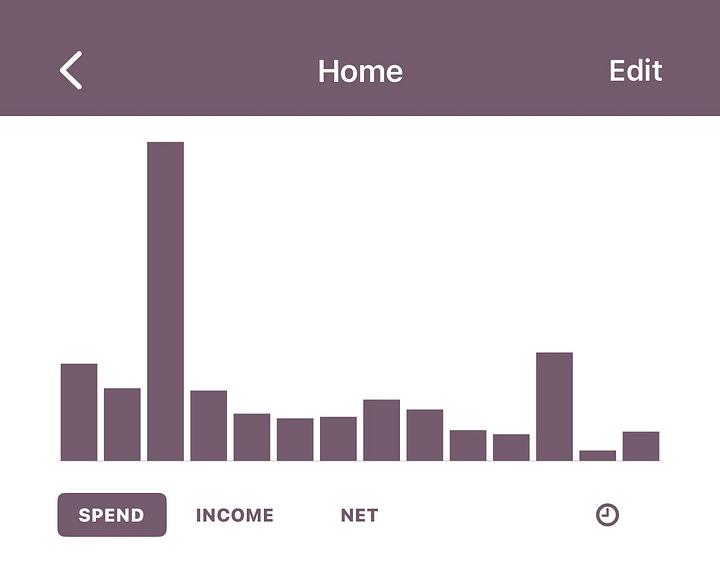
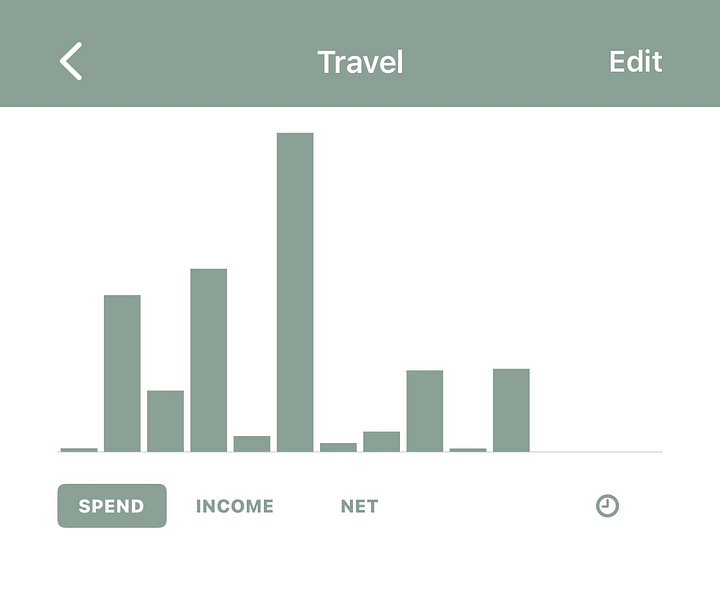
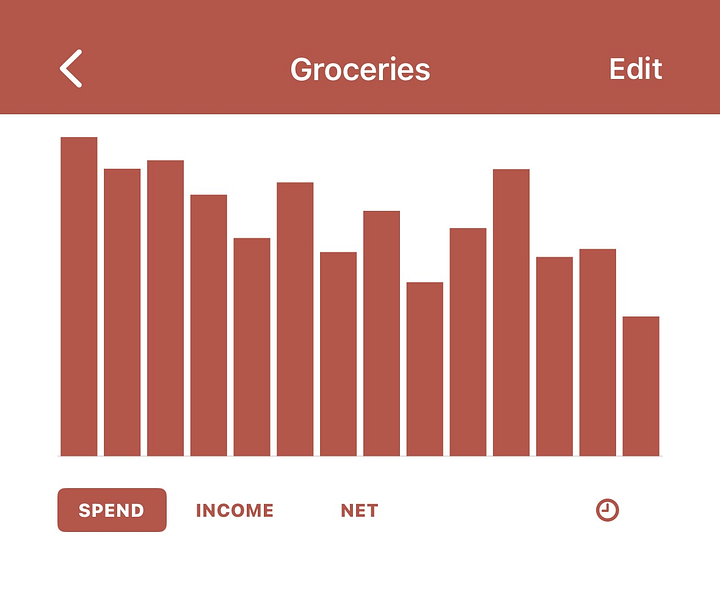
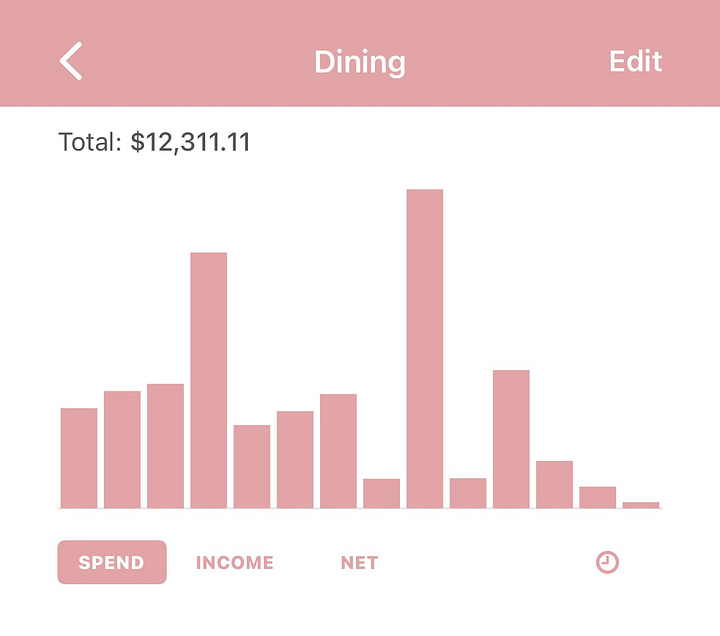
Once your year of tracking is up, you can sit down and review each category.
Where did you spend frivolously?
Where did you spend less than you thought you would?
What do you regret spending money on?
What was worth spending on?
Are you surprised by any of the category totals?
What category trends are seasonal?
Take your time answering these questions for yourself before you build your budget for next year. When you feel grounded in your needs, wants, and goals, build your yearly budget against your income. Input exactly what you spent the previous year and see if that aligns with your goals for the upcoming year. From there, make adjustments to the categories where you know you can realistically spend less.
Once you’ve landed on your budget goals for the year, you can input them into your Accountable budget categories to help you stay on track. When you manage your transactions daily, you think twice before making unnecessary purchases and can quickly spot when you’re going over budget. Keeping a close eye on your money helps eliminate the uncertainty that leads to financial stress and will ultimately help you reach your short and long term goals.
Expert Takes You Can’t Miss
Katja Grosser from Female Finance on The hidden reasons you’re struggling with money
Tim Maurer from Financial LIFE Planning on The sunk cost trap
Taylor Nelsen from The Financial Planner on the analogy between planning a trip and managing your finances
Heather and Douglas Boneparth from The Joint Account on whether you should DIY or buy
Pauline from Money Feelings on lying about your spending habits
*see my post from last week 😅
Robert Puelz from Personal Finance Economics on the value of budgeting apps
Russ Thornton from Wealthcare for Women on avoiding regret
Thanks for reading! Don’t forget to share this post with a friend.


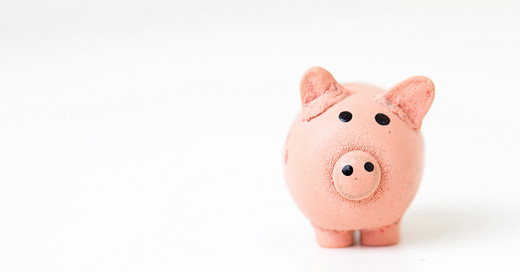










Couldn't agree more, Ellen!
It's important to focus on the things within our control and influence, even though we often do the opposite. I see this all the time with folks who are focused on their investments/returns which absolutely no one can control.
And thanks for including one of my articles 😉
I'd love to hear more about what differentiates the Accountable app from the other budget apps! I've kept a budget since I started managing my own finances at 17 and have tried a lot of different methods and tools.